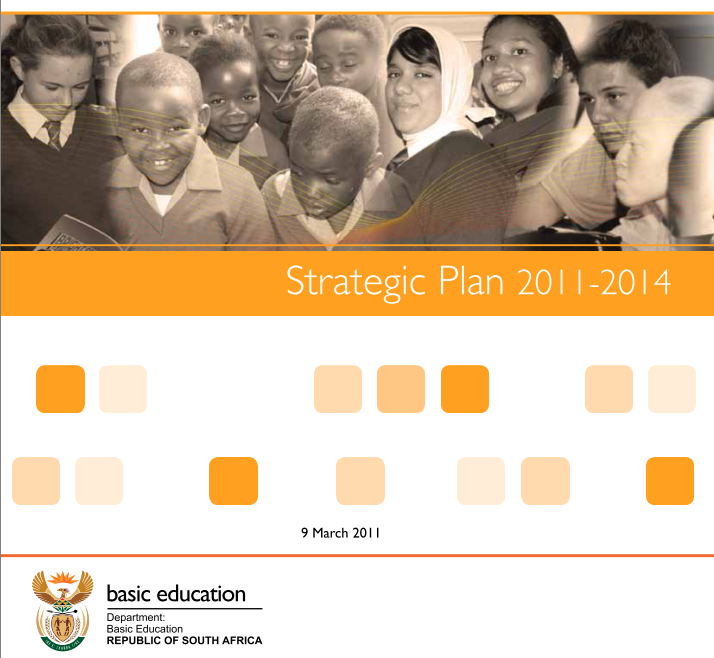The objective of FaSMEd’s Work Package 2 is to establish a baseline of data on the approaches to low achievers in maths and science in the EU and South Africa. The Work Package leaders have asked the questions below (in bold) and our responses have been added from a) published policy, b) research documents and c) the experience of colleagues in the field.
Are there any tools and technology available to support teaching and assessment in mathematics?
Both ‘tools’ and ‘technology’ are words which are used in a variety of contexts and are understood differently in different contexts. A simple answer to this question would be ‘yes’ as we see that a very wide range of tools and technologies, not necessarily digital, have the potential to support teaching and assessment in mathematics.
For example, the ANAs and any other formal and non-formal assessments can be seen as a non-digital tool to support both teaching and assessment. Specific teaching strategies such as group work or questioning methods could also be seen as tools to support teaching and assessment. Examples of non-digital physical tools include text books, Dienes blocks, Cuisenaire rods, straws etc. Some of these are specifically designed for teaching and learning in mathematics, whilst others are more generic (e.g. straws).
In terms of digital tools, various tools are available internationally and in South Africa. A small number of schools have functioning computer labs, so those that require the use of a computer can not be used at most schools. The following examples are of online digital tools developed in the South African context. Depending on how they are used, a claim could be made that they are used for formative assessment.
- Green Shoots (www.greenshootsedu.co.za) focuses on Gr 3-6 learners. Learners are able to practise mathematical skills on a computer and teachers can keep track of learners’ progress. It can be used both online and offline.
- Cami maths (www.camiweb.com) which allows learners from all grades to practise mathematics and teachers and parents to track learners’ progress. Like GreenShoots, to use Cami a school needs to have a computer laboratory.
An example of an offline digital tool which is used by mathematics teachers worldwide and in South Africa is GeoGebra (www.geogebra.com). This software is interactive and provides learners with immediate feedback, allowing them to experiment, hypothesise and generate generalisations.
Have there been any local, regional or National studies or initiatives in your country concerning formative assessment with and without technological tools?
 Strategic Objective 2.1 from the Government’s Strategic Plan 2011-2014 is:
Strategic Objective 2.1 from the Government’s Strategic Plan 2011-2014 is:
To incentivise teacher adoption of e-Education by means of a substantial increase in the availability of learning and teaching resources, including through the internet.
The Dinaledi schools initiative supports selected schools in improving mathematics and physical science teaching and learning and improving teachers’ content knowledge in these subjects by awarding grants to partners who are responsible for supporting the schools. In terms of technology, the grant can fund:
- Geometry sets and calculators
- Information and Communications Technology (ICT) hardware, software, internet connectivity and a dedicated physical structure.
- Access to appropriate educational TV broadcasts, including but not limited to the provision of TV sets, decoders and receiving dishes.